What’s Up For October?
What’s Up for October?

This month is filled with exciting celestial sights. Here are 10 targets you can view this month:
10. Unusual Sunset

During a sunset, our thick atmosphere absorbs most colors of sunlight, but red light is absorbed the least. Rarely, green flashes can be seen just above the sun’s edge. As the last sliver of the disk disappears below the horizon, be sure to watch its color.
9. Belt of Venus

Just after sunset, turn around and face east. A dark shadow will move up from the horizon and gradually cover the pinkish sky. This is caused from the Earth itself blocking the sunlight and is called the Earth Shadow or the Belt of Venus.
8. Crepuscular Rays

Also just after sunset, or before dawn, you may see rays of sunlight spread like a fan. These are called crepuscular rays and are formed when sunlight streams through gaps in the clouds or mountains.
7. Aurora Borealis

The northern lights, also known as the aurora borealis, are caused by collisions between gaseous particles in Earth’s atmosphere and charged particles released from the sun. The color of the lights can changed depending on the type of gas being struck by particles of solar wind. You can find out when and where to expect aurorae at the Space Weather Prediction Center.
6. Andromeda Galaxy

Did you now that The Andromeda Galaxy is one of the few you can actually see with your naked eye? In October, look nearly overhead after sunset to see it! This galaxy is more than twice the apparent width of the moon.
5. Moon Features

Nights in mid-October are excellent for viewing the features on the moon. Areas like the Sea of Tranquility and the site of the 1969 Apollo 11 landing will be visible.
4. A Comet

This month, the European Space Agency’s Rosetta mission target, a comet with a complicated name (Comet 67P Churyumov-Gerasimenko), is still bright enough for experienced astronomers to pick out in a dark sky. On October 9, you may be able to spot it in the east near the crescent moon and Venus.
3. Meteor Showers

There are multiple meteor showers this month. On the 9th: watch the faint, slow-moving Draconids. On the 10th: catch the slow, super-bright Taurids. And on the 21st: don’t’ miss the swift and bright Orionids from the dust of Comet Halley.
2. Three Close Planets

On October 28, you’ll find a tight grouping of Jupiter, Venus and Mars in the eastern sky before sunrise.
1. Zodiacal Light

The Zodiacal light is a faint triangular glow that can be seen from a dark sky after sunset or before sunrise. What you’re seeing is sunlight reflecting off dust grains that circle the sun in the inner solar system. These dust grains travel in the same plane as the moon and planets as they journey across our sky.
For more stargazing tools visit: Star Tool Box
Make sure to follow us on Tumblr for your regular dose of space: http://nasa.tumblr.com
More Posts from Allisonkitten and Others
My dream
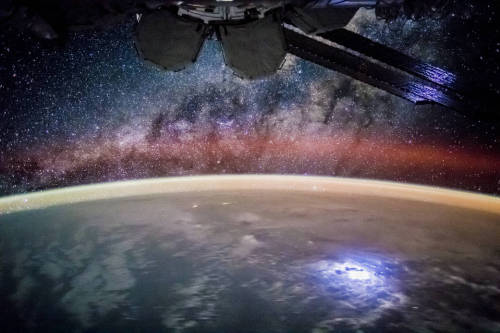
Stargazing From the International Space Station
js
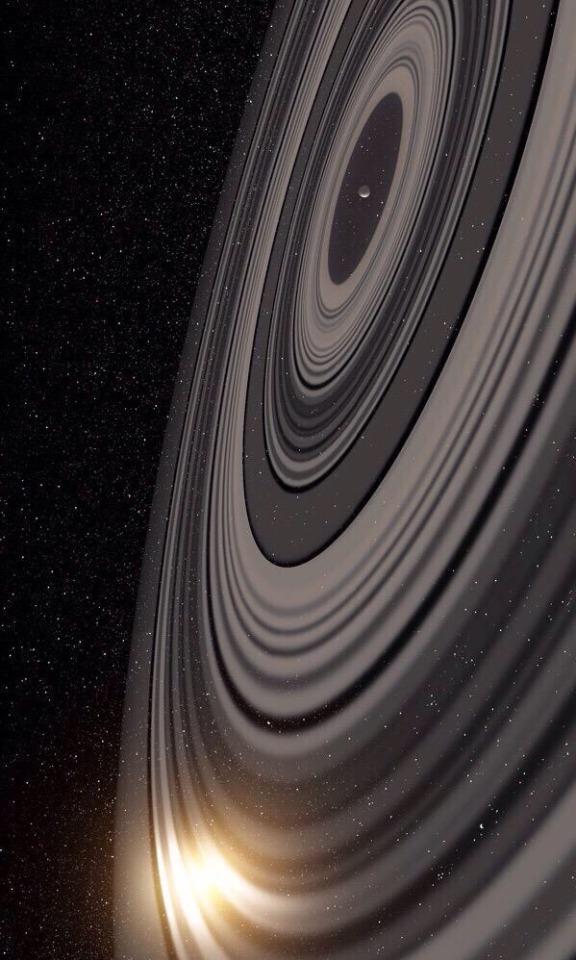
Gigantic Ring System Around J1407b Much Larger, Heavier Than Saturn’s.
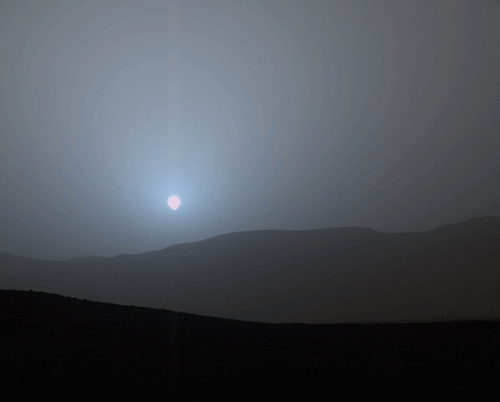
SUNSET IN MARS’ GALE CRATER
Mars' view of Earth. Amazing!
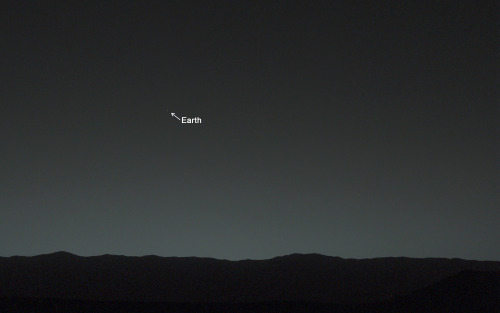
Neil knows what's up






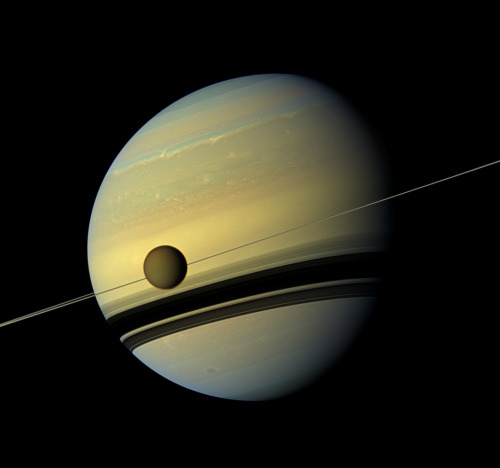
Saturn and its largest moon reflect their true colors
js
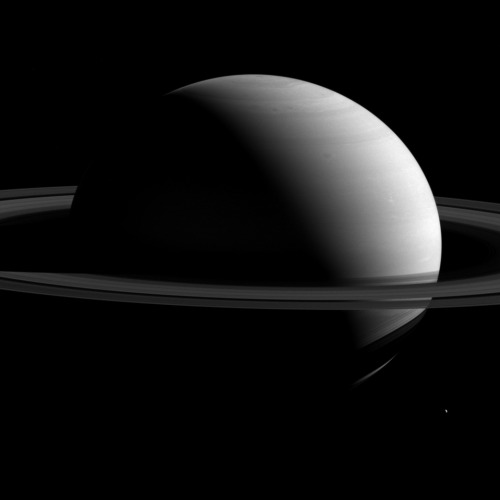

Scribbles
Worlds That Will Make You Believe Star Wars is Real
The fantastical planets in Star Wars preceded our discovery of real planets outside our solar system…but fiction isn’t too far from the facts. When we send our spacecraft into the solar system and point our telescopes beyond, we often see things that seem taken right out of the Star Wars universe.
Is there a more perfect time than May the 4th to compare real worlds to the ones depicted in Star Wars?
Probably not…so here are a few:
Mimas

Saturn’s moon, Mimas, has become known as the “Death Star” moon because of how its 80-mile wide Herschel crater creates a resemblance to the Imperial battle station, especially when seen in this view from our Cassini spacecraft.
Kepler-452b

The most recently revealed exoplanet dubbed as Earth’s bigger, older cousin, Kepler-452b, might make a good stand-in for Coruscant — the high tech world seen in several Star Wars films whose surface is encased in a single, globe-spanning city. Kepler-452b belongs to a star system 1.5 billion years older than Earth’s! That would give any technologically adept species more than a billion-year jump ahead of us.
CoRoT-7b

At 3,600 degrees Fahrenheit, CoRoT-7B is a HOT planet. Discovered in 2010 with France’s CoRoT satellite, it’s some 480 light-years away, and has a diameter 70% larger than Earth’s, with nearly five times the mass. Possibly the boiled-down remnant of a Saturn-sized planet, its orbit is so tight that its star looms much larger in its sky than our sun appears to us, keeping its sun-facing surface molten! This scorching planet orbiting close to its star could be a good analog for planet Mustafar from Star Wars.
Kepler-16b

Luke Skywalker’s home planet, Tatooine, is said to possess a harsh, desert environment, swept by sandstorms as it roasts under the glare of twin suns. Real exoplanets in the thrall of two or more suns are even harsher! Kepler-16b was the Kepler telescope’s first discovery of a planet in a “circumbinary” orbit (a.k.a, circling both stars, as opposed to just one, in a double star system). This planet, however, is likely cold, about the size of Saturn, and gaseous, though partly composed of rock.
OGLE-2005-BLG-390

Fictional Hoth is a frozen tundra that briefly serves as a base for the hidden Rebel Alliance. It’s also the nickname of real exoplanet OGLE-2005-BLG-390, a cold super-Earth whose surface temperature clocks in at minus 364 degrees Fahrenheit.
Kepler-22b

Kepler-22b, analog to the Star Wars planet Kamino…which was the birthplace of the army of clone soldiers, is a super-Earth that could be covered in a super ocean. The jury is still out on Kepler-22b’s true nature; at 2.4 times Earth’s radius, it might even be gaseous. But if the ocean world idea turns out to be right, we can envision a physically plausible Kamino-like planet.
Gas Giants

Gas giants of all stripes populate the real exoplanet universe; in Star Wars, a gas giant called Bespin is home to a “Cloud City” actively involved in atmospheric mining. Mining the atmospheres of giant gas planets is a staple of science fiction. We too have examined the question, and found that gases such as helium-3 and hydrogen could theoretically be extracted from the atmospheres of Uranus and Neptune.
Exomoons

Endor, the forested realm of the Ewoks, orbits a gas giant. Exomoon detection is still in its infancy for scientists on Earth. However, a possible exomoon (a moon circling a distant planet) was observed in 2014 via microlensing. It will remain unconfirmed, however, since each microlensing event can be seen only once.
May the 4th be with you!
Discover more about exoplanets here: https://exoplanets.jpl.nasa.gov/
Make sure to follow us on Tumblr for your regular dose of space: http://nasa.tumblr.com

Why…
-
 mizukiyouko liked this · 5 years ago
mizukiyouko liked this · 5 years ago -
 mysteryspot liked this · 6 years ago
mysteryspot liked this · 6 years ago -
 allbirb liked this · 8 years ago
allbirb liked this · 8 years ago -
 ao3feed-newtina liked this · 8 years ago
ao3feed-newtina liked this · 8 years ago -
 melbahenry liked this · 8 years ago
melbahenry liked this · 8 years ago -
 aziz1universe-blog liked this · 8 years ago
aziz1universe-blog liked this · 8 years ago -
 nancynayeli98 reblogged this · 8 years ago
nancynayeli98 reblogged this · 8 years ago -
 infinite--cosmos-blog liked this · 8 years ago
infinite--cosmos-blog liked this · 8 years ago -
 profoundlydecaffeinatedgalaxy liked this · 9 years ago
profoundlydecaffeinatedgalaxy liked this · 9 years ago -
 jayne7030 liked this · 9 years ago
jayne7030 liked this · 9 years ago -
 dritantus liked this · 9 years ago
dritantus liked this · 9 years ago -
 pnwganja-blog liked this · 9 years ago
pnwganja-blog liked this · 9 years ago -
 nixnax liked this · 9 years ago
nixnax liked this · 9 years ago -
 reddon69 liked this · 9 years ago
reddon69 liked this · 9 years ago -
 allisonkitten reblogged this · 9 years ago
allisonkitten reblogged this · 9 years ago -
 joeyskyline liked this · 9 years ago
joeyskyline liked this · 9 years ago -
 skatan69 liked this · 9 years ago
skatan69 liked this · 9 years ago -
 natouuloves liked this · 9 years ago
natouuloves liked this · 9 years ago -
 saxophonium-blog1 liked this · 9 years ago
saxophonium-blog1 liked this · 9 years ago -
 ramenfightingpanda liked this · 9 years ago
ramenfightingpanda liked this · 9 years ago -
 ima-nature-person liked this · 9 years ago
ima-nature-person liked this · 9 years ago -
 1wildman98 liked this · 9 years ago
1wildman98 liked this · 9 years ago -
 jaimeroman liked this · 9 years ago
jaimeroman liked this · 9 years ago -
 casualnightmarekitty liked this · 9 years ago
casualnightmarekitty liked this · 9 years ago -
 telikos liked this · 9 years ago
telikos liked this · 9 years ago -
 freshsteel liked this · 9 years ago
freshsteel liked this · 9 years ago -
 sad-giirl liked this · 9 years ago
sad-giirl liked this · 9 years ago -
 deereidre liked this · 9 years ago
deereidre liked this · 9 years ago -
 lepetitemerde-blog reblogged this · 9 years ago
lepetitemerde-blog reblogged this · 9 years ago -
 alyssalenko reblogged this · 9 years ago
alyssalenko reblogged this · 9 years ago -
 alyssalenko liked this · 9 years ago
alyssalenko liked this · 9 years ago -
 prince-pietro liked this · 9 years ago
prince-pietro liked this · 9 years ago -
 serrilee liked this · 9 years ago
serrilee liked this · 9 years ago -
 hex-romancer liked this · 9 years ago
hex-romancer liked this · 9 years ago -
 terrenis liked this · 9 years ago
terrenis liked this · 9 years ago -
 catgirlconspiracy reblogged this · 9 years ago
catgirlconspiracy reblogged this · 9 years ago
Just a socially awkward college student with an interest in the celestial bodies in our universe.
279 posts